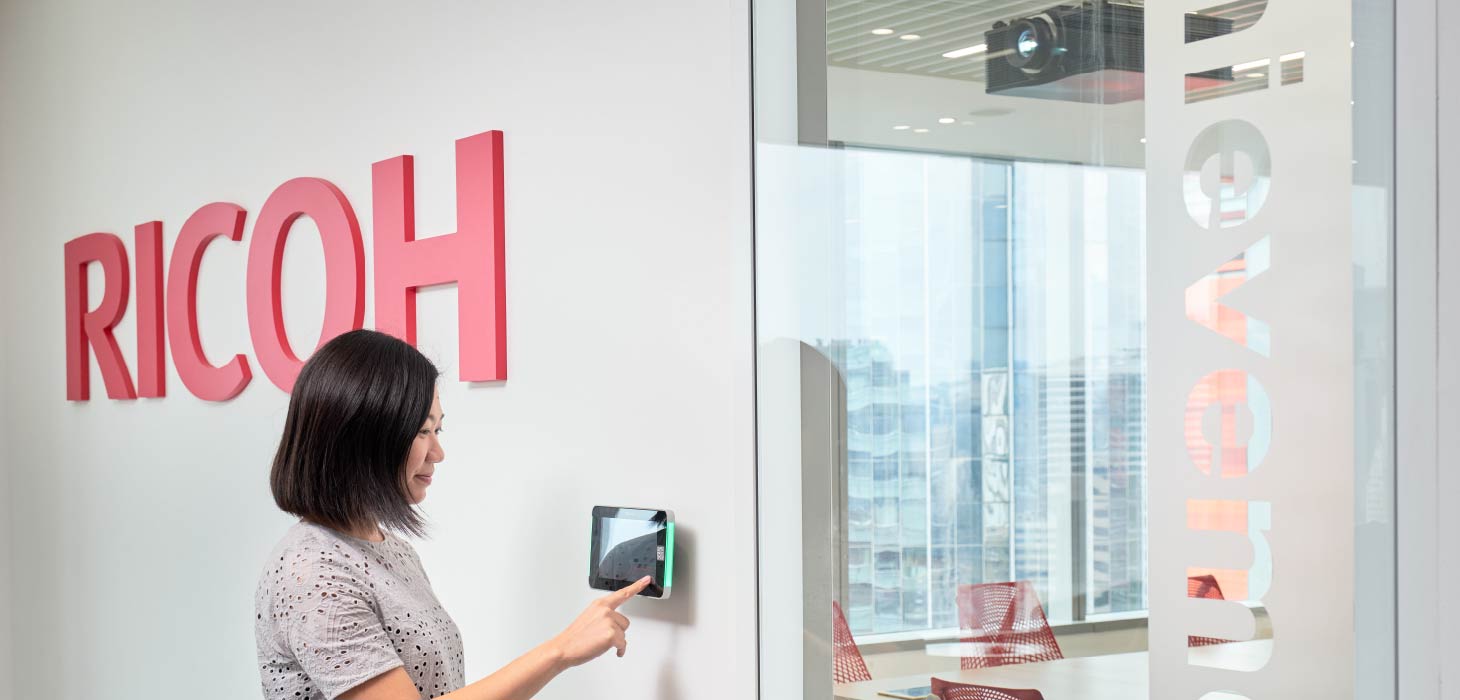如何走在電子發票標準和法規的前端

世界各地的政府正不斷將電子發票 (e-invoicing)立法或規定為標準營運程序。
對政府而言,這是解決稅收漏洞和改善收入的機會,確保組織和企業的準確申報。
對機構來說,這不僅關乎合規,更能簡化應付賬款(AP)流程並降低成本。
在這篇文章中,我們將探討電子發票的現況、挑戰與機遇,以及如何應對電子發票的要求和複雜性。
電子發票應用的主要挑戰和機遇
管理複雜的法規和標準只是當今企業面臨的全球挑戰之一。
政府法規變動迅速,試圖跟上商業科技的快速發展步伐。
電子發票的規管是重中之重,因為它能幫助政府減少欺詐行為、通過準確徵稅獲得額外收入,並收集更多商業趨勢數據。
全球電子發票規定概覽
超過100個國家已實施B2G(企業對政府)電子發票法規,許多國家現正引入所有B2B交易的強制性電子發票。
例如,南韓已強制所有B2B交易使用電子發票,而日本稅務部門則要求電子發票必須先經其驗證。印尼已採用電子發票框架,而中國正在各地區試行其電子發票系統。
馬來西亞今年正在實施強制性B2B電子發票。2024年8月起,年營業額達1億馬幣或以上的公司將需要遵守這項法律要求,隨後將在來年推廣至所有機構。
這意味著採用適當的電子發票解決方案和流程不再是企業的選擇—而是維持營運、合規並在跨境和法規中保持競爭力的必要條件。
若未能建立這些流程,您可能面臨政府罰款,無法與某些機構進行貿易,甚至無法經營業務。因此,機構現在就必須為這轉變做好規劃。

實施電子發票法規的亞太國家
將電子發票整合到應付賬款流程
另一個挑戰是將電子發票方案與現有系統和工作流程整合。這是一個需要大量IT資源和專業知識的複雜且耗時的過程。企業需要權衡採購新硬件、軟件和額外人員培訓的可行性,以及管理和調整預配置雲端解決方案以適應其工作流程的成本效益。
關鍵在於找到一個有能力和經驗的合作夥伴,協助您有效管理向電子發票的轉型,因為不當的實施可能會影響您的應付賬款流程,導致無法接受付款。
然而,合適的合作夥伴能引導您找到既能降低成本又能提升業務效率的解決方案,同時通過更快的付款改善與供應商和客戶的關係。
電子發票的效益影響

雖然合規使電子發票對大多數機構來說成為必需,但它已成為數碼化業務營運的關鍵驅動力。
自動化發票流程能減少錯誤並減省人工數據輸入。它還實現實時發票追蹤和監控,使現金流管理更容易,並改善財務表現。
電子發票通過減少人為接觸點和創建自動化的可審計記錄來加強安全性。這使內部欺詐更難發生,因為操縱數據和偽造記錄的機會更少。
它還減少了外部釣魚企圖,因為要求付款的電子郵件從應付賬款流程中被剔除,使其更容易被發現和報告。
電子發票使公司節省大量處理時間和資源,創造更安全的端對端應付賬款流程。電子發票對企業的積極影響顯著。
為什麼電子發票解決方案是現代企業的必備工具

隨著全球稅務機關在未來四年內引入新的電子發票和數碼報告要求,電子發票是大勢所趨。企業需要及早準備和轉型。
作為回報,電子發票能提供更佳的營運效率,從降低成本和加快付款週期,到增強商業智能和改善業務關係。
與理光這樣的知名供應商合作,簡化您的應付賬款流程,減少錯誤,提高合規性。利用我們先進的電子發票解決方案,搶佔競爭優勢。
理光的電子發票方案具備自動化數據擷取、智能路由和實時報告等功能,使企業能更智能地工作。
與理光一起簡化電子發票流程。了解我們如何確保您的電子發票安全,並符合監管要求
Vijay Kumar A/L Victor
Portfolio Marketing Lead - Digital Workflow & Automation, APAC
Vijay在業界擁有逾20年的豐富經驗,擅長彌合人員與流程之間的差距,並曾參與推動多個行業的組織轉型。
推薦資源

推廣混合辦公新文化 RICOH助企業可持續成長
理光(香港)推出了 Ricoh Spaces,將科技融入日常辦公,推廣混合辦公新文化 ,並推動企業持續成長。

七個方法滿足員工對混合式工作間的期望
With pandemic-driven changes in work models, the growing preference for remote work or a hybrid workplace is gaining traction among employees.

企業如何應用混合工作模式
當疫情席捲全球時,為配合危機期間的業務需要,企業初時採取彈性工作安排……





